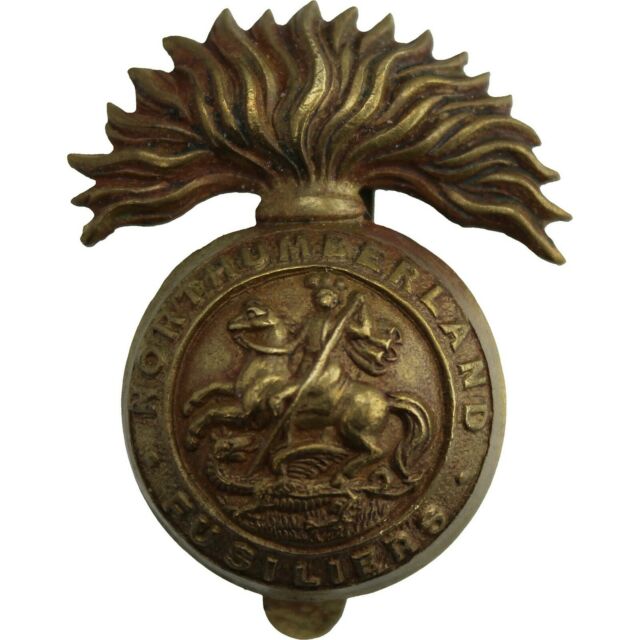Personal Details
Born: 15 Jul 1893 and baptised the following month at St. Alkmund’s Church, Whitchurch.
Family: Elder of two sons born to Robert Duncan Sandland Ridgway, a carpenter and wheelwright, and his wife Annie. In June 1923 Clement married Elsie M Matthews in Whitchurch and together they had two children, Geoffrey M and Ruth A.
Residence: In 1893 the family lived at 16 Egerton Row, Whitchurch. By 1901 they had moved to 16 Worthington Street and were still there in 1911. This was still Clement’s address in 1919 when he was waiting to be demobilised from the army. In 1939 he was living with his wife and children at 2 Bargates, Whitchurch. His last known address, in 1963, was 38 Mulgrave Terrace, Station Road, Whitchurch.
Employment: The 1911 census lists Clement as an ironmonger’s apprentice. Twenty-eight years later he was still in the same trade, working as an ironmonger’s assistant.
Died: 12 February 1963 in Whitchurch, aged 69.
Military Details
Regiment: Northumberland Fusiliers (previously South Wales Borderers)
Rank: Private
Service Number: 63028 (previously 44850)
Date of Enlistment: Not known
Date of Discharge: Not known
Reason for Discharge: Demobilisation (Dis.392 [xxviii])
Other Information: Clement’s uncle Josiah E Ridgway also served in WW1, as a private in the King’s Shropshire Light Infantry.
Clement was awarded the Campaign Medals (British War Medal, and Victory Medal)

The British War Medal (also known as 'Squeak') was a silver or bronze medal awarded to officers and men of the British and Imperial Forces who either entered a theatre of war or entered service overseas between 5th August 1914 and 11th November 1918 inclusive. This was later extended to services in Russia, Siberia and some other areas in 1919 and 1920. Approximately 6.5 million British War Medals were issued. Approximately 6.4 million of these were the silver versions of this medal. Around 110,000 of a bronze version were issued mainly to Chinese, Maltese and Indian Labour Corps. The front (obv or obverse) of the medal depicts the head of George V. The recipient's service number, rank, name and unit was impressed on the rim.
The Allied Victory Medal (also known as 'Wilfred') was issued by each of the allies. It was decided that each of the allies should each issue their own bronze victory medal with a similar design, similar equivalent wording and identical ribbon. The British medal was designed by W. McMillan. The front depicts a winged classical figure representing victory. Approximately 5.7 million victory medals were issued. Interestingly, eligibility for this medal was more restrictive and not everyone who received the British War Medal ('Squeak') also received the Victory Medal ('Wilfred'). However, in general, all recipients of 'Wilfred' also received 'Squeak' and all recipients of The 1914 Star or The 1914/1915 Star (also known as 'Pip') also received both 'Squeak' and 'Wilfred'. The recipient's service number, rank, name and unit was impressed on the rim.

